Itinerary for 8 days in Laos
Itinerary for 8 days in Laos is the perfect way to explore the untouched beauty, peaceful atmosphere, and rich cultural identity of the “Land of a Million Elephants.” This 8-day journey takes you through sacred temples, mysterious caves, and tranquil villages. Let’s map out your adventure to fully experience the culture, nature, and unforgettable moments that Laos has to offer!
Why should you spend at least 8 days in Laos?
Laos isn’t the kind of place you just check off your list. Only with a full 8 days can you truly soak in the morning chants in Luang Prabang, drift along the Mekong River, or trek through the lush mountains of Vang Vieng. Each destination has its own charm - from deeply rooted Buddhist traditions to unique local dishes and genuinely warm-hearted people. If you haven’t been to Laos yet, you’re missing out on one of Southeast Asia’s most distinctive and soulful experiences.
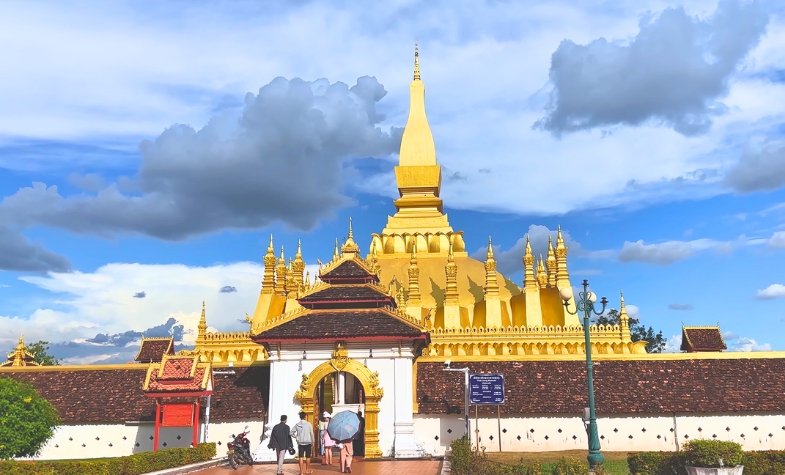
Tucked away among its lively neighbors, Laos offers a charm that’s quiet, peaceful, and full of depth. With its slow pace of life, unspoiled nature, and ancient golden temples, this is the ideal destination for travelers seeking to step away from the fast lane. The best time to visit is from November to April, when the weather is dry and pleasant, and colorful traditional festivals light up towns across the country.
8 Days in Northern Laos – Where Time Slows Down
Route: Luang Prabang – Nong Khiaw – Muang Ngoi – Pak Ou – Luang Prabang
If you’re looking for a journey that’s both peaceful and rich in experience, this itinerary is made for you. Start in the charming town of Luang Prabang - wander through the quiet old streets, visit Wat Xieng Thong and the Royal Palace, and catch the sunset from Mount Phousi. Then, cool off at the turquoise Kuang Si Falls and join a hands-on Lao cooking class. The adventure continues to Nong Khiaw, where you'll trek to panoramic viewpoints, cruise to the timeless village of Muang Ngoi, and explore sacred caves and ethnic villages. Back in Luang Prabang, you'll visit the Pak Ou Caves and wrap up your trip with the serene beauty of the morning almsgiving ceremony. A perfect trip for travelers seeking a deeper, slower, and more soulful way to experience Laos.
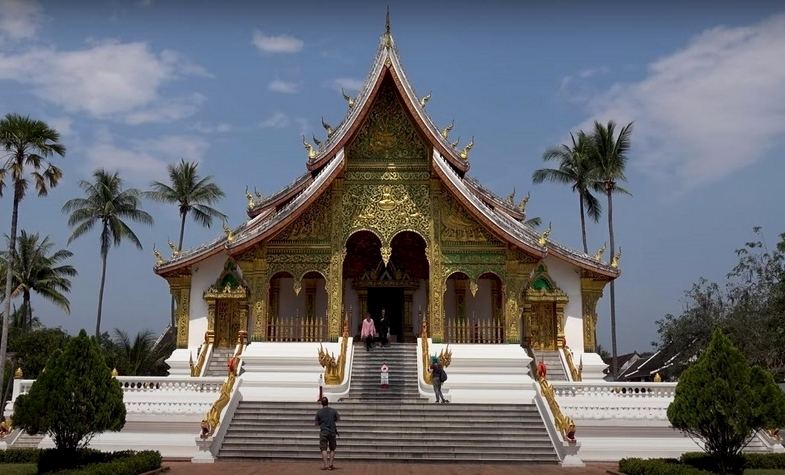
This isn’t just a tour - it’s a chance to truly slow down and reconnect with untouched nature and the cultural heart of Laos. You’ll discover riverside villages frozen in time, hike through forested mountains to sweeping views, cook local dishes, and unwind under the golden skies of Nong Khiaw. And the early morning almsgiving in Luang Prabang? It’s a moment that stays with you - quiet, emotional, unforgettable. Ideal for those who cherish raw beauty, authenticity, and meaningful travel. Skip this tour, and you may miss out on the most soul-stirring side of Laos.
Central Laos in 8 Days – The Untold Stories Await
Route: Vientiane – Vang Vieng – Phonsavan (Plain of Jars) – Vientiane
If you’re drawn to hidden stories, natural beauty, and deep cultural experiences, Central Laos in 8 Days is your kind of adventure. Begin in Vientiane with a relaxing city tour to the Patuxai Victory Monument, the golden That Luang stupa, and the thought-provoking COPE Center. From there, head to Vang Vieng, a peaceful town where river views, mysterious caves, and the emerald Blue Lagoon await. Continue to the highlands of Phonsavan, stop by a H’mong village, and unravel the mystery of the Plain of Jars - one of Southeast Asia’s most fascinating archaeological sites. End your journey with a slow stroll through the Mekong riverside night market in Vientiane. This is the perfect tour for culture lovers and curious travelers seeking a quieter, more meaningful Laos.
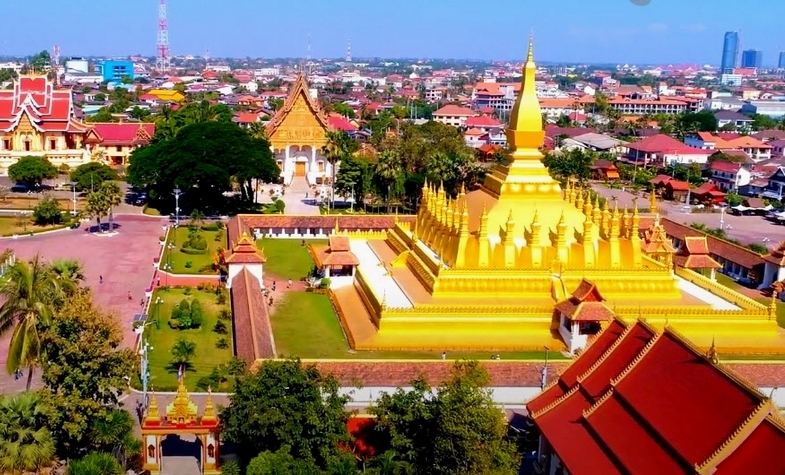
Central Laos remains largely under the radar, but it holds layers of history, culture, and natural wonder waiting to be discovered. This tour doesn’t just cover popular stops like Patuxai or the Blue Lagoon - it also uncovers stories few have heard: the emotional journey through COPE Center, the quiet strength of H’mong life in the highlands, and the age-old mystery of the Plain of Jars. You won’t just visit - you’ll feel part of a story worth telling. If you're looking for something deeper, different, and unforgettable, Central Laos in 8 Days is the journey for you.
8 Days in Southern Laos – Lost in Waterfalls & Island Life
Route: Pakse – Bolaven Plateau – Wat Phou – 4,000 Islands (Si Phan Don) – Pakse
Your journey begins in the laid-back town of Pakse with a light city tour to ease into the southern pace of life. Next, you’ll head to the cool Bolaven Plateau, home to lush coffee farms and the majestic Tad Fane Waterfall. Trek or ride through the tranquil wilderness to Tad Lo, a peaceful ethnic village tucked deep in nature. On Day 4, the ancient Khmer temple of Wat Phou awaits, perched quietly on a sacred hill. Then comes island time - float down to the 4,000 Islands region, stay in a riverside bungalow on Don Det, bike around the island, and try to spot the rare Irrawaddy dolphins. The journey wraps up with a visit to the thundering Khone Phapheng Falls - known as the "Niagara of Asia" - before returning to Pakse. Ideal for soft adventurers, nature lovers, and those craving an escape to somewhere truly unspoiled.
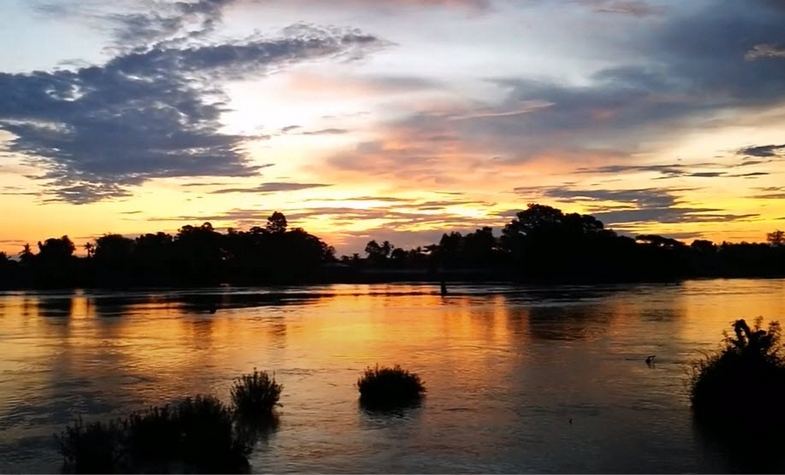
Southern Laos is a hidden gem - underdeveloped, yet deeply moving. This journey leads you through breathtaking waterfalls, untouched jungle, and tiny villages where life flows slowly along the Mekong. Stand in awe before Tad Fane, feel peace as you pedal through Don Det, and be amazed by the rare freshwater dolphins surfacing in the river. Wat Phou’s timeless elegance and the roar of Khone Phapheng only add more layers to this soulful experience. This isn’t just a trip - it’s a full-body, full-heart awakening. One-of-a-kind, wild, and quietly powerful.
Classic Laos Adventure – 8 Days, All In One Wonder
Route: Luang Prabang – Vang Vieng – Vientiane – Pakse – 4,000 Islands
Want to explore the best of Laos from north to south? Classic Laos Adventure – 8 Days, All In One Wonder is your ultimate pick. Start in Luang Prabang with its quiet charm, the dazzling Kuang Si Falls, and sunset views from Mount Phousi. Then, head to Vang Vieng - relax at the riverside, kayak through caves, and soak up the scenery. Next stop: Vientiane, where a gentle city tour lets you unwind before flying south to the Bolaven Plateau, home to endless coffee fields and dramatic waterfalls. End your trip at the magical 4,000 Islands - bike across Don Det, spot rare Irrawaddy dolphins, and wrap it all up in Pakse. A well-balanced journey for those wanting a full, diverse taste of Laos in just 8 days.
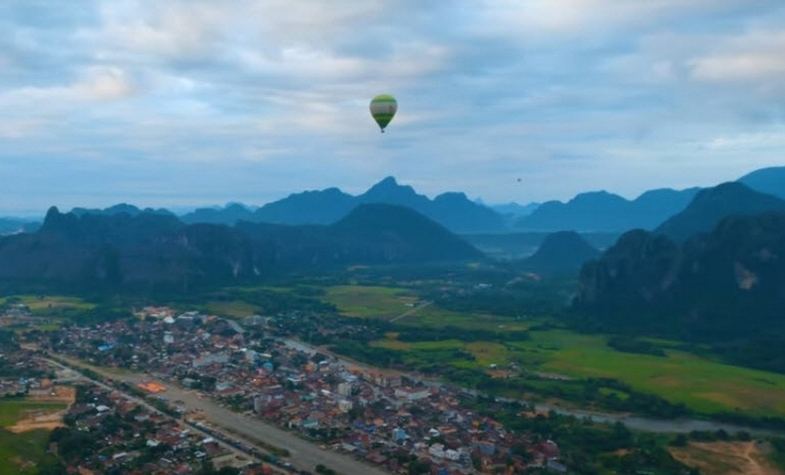
This trip has it all - nature, culture, food, and local experiences - cleverly packed into eight unforgettable days. From Luang Prabang’s sacred calm to Vang Vieng’s dreamy riverside, Vientiane’s gentle hum to the raw beauty of the Bolaven Plateau and the serene 4,000 Islands, you’ll experience every side of Laos in one seamless journey. It’s not rushed, but it’s rich. Perfect for first-timers and return travelers alike. If you only have 8 days, this is the best way to embrace the true spirit of Laos from top to bottom.
An itinerary for 8 days in Laos is your ticket to the heart of this enchanting land - where culture, nature, and serenity come together in perfect harmony. Whether you're drawn to ancient heritage, jungle adventures, or peaceful moments in sacred temples, this journey has something to captivate every kind of traveler. Be sure to save this itinerary - it’s the key to making your trip to Laos more complete, meaningful, and unforgettable than ever!
Our tours you may like:
***Travel Authentic Asia Company is your best choice for discovering the beauty of Southeast Asia. Our experienced and knowledgeable travel advisors are committed to helping you create a tailor-made tour and extraordinary experiences in this majestic region.
If you're looking for an authentic cultural experience, do not hesitate to contact Travel Authentic Asia to choose a Vietnam tour, Southeast Asia tour package or to customize your own style tour to South East Asia.

